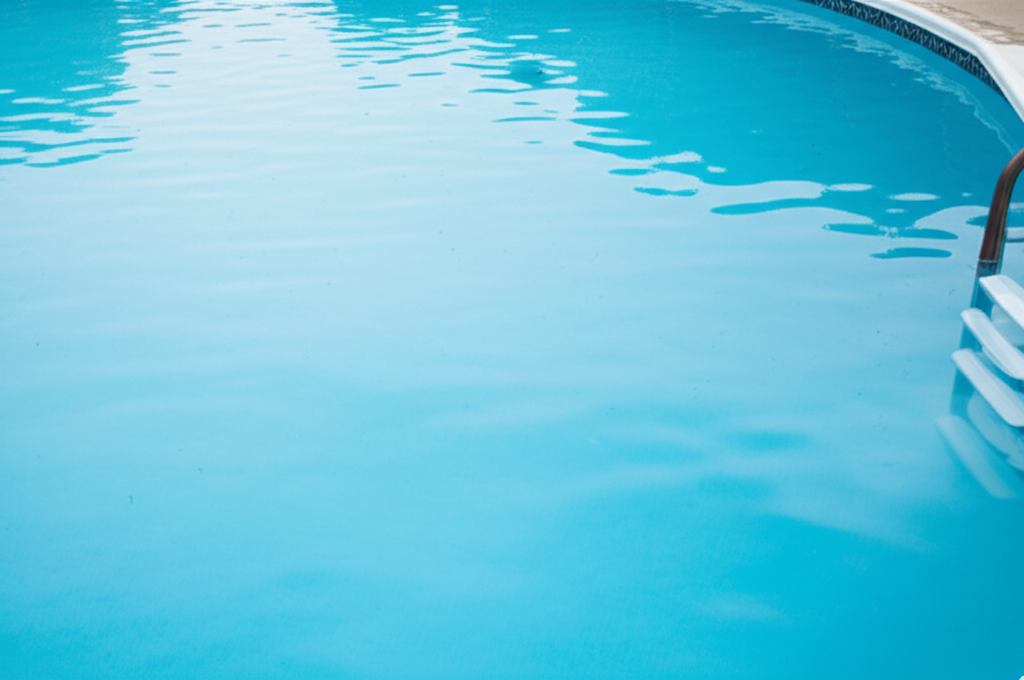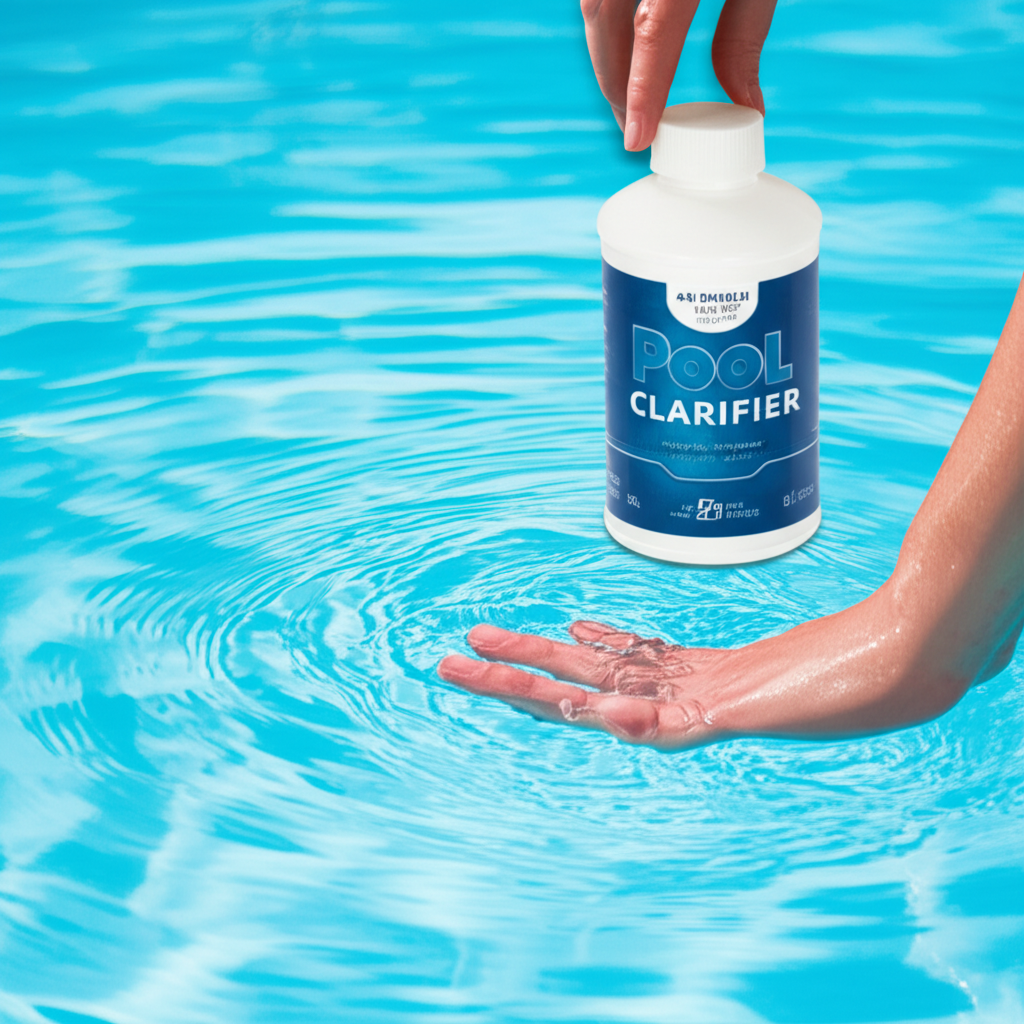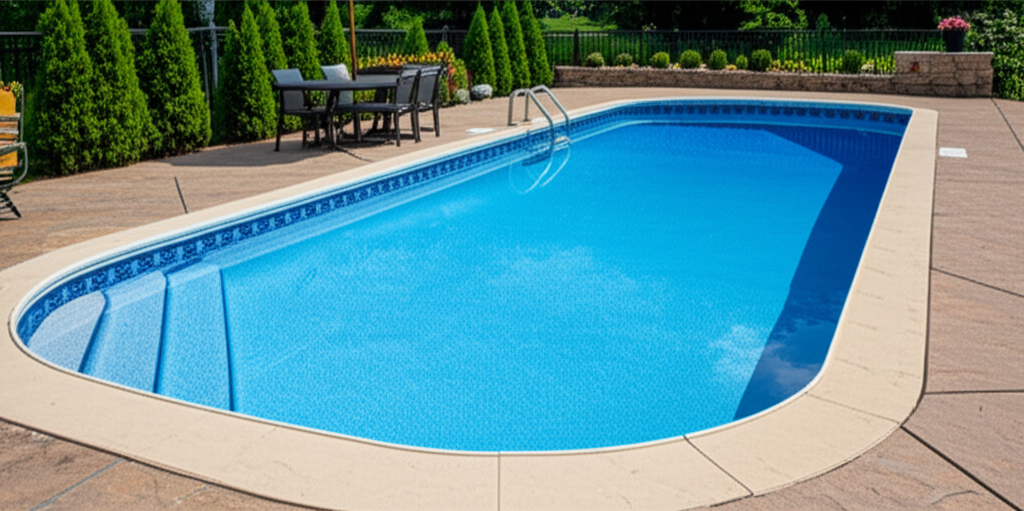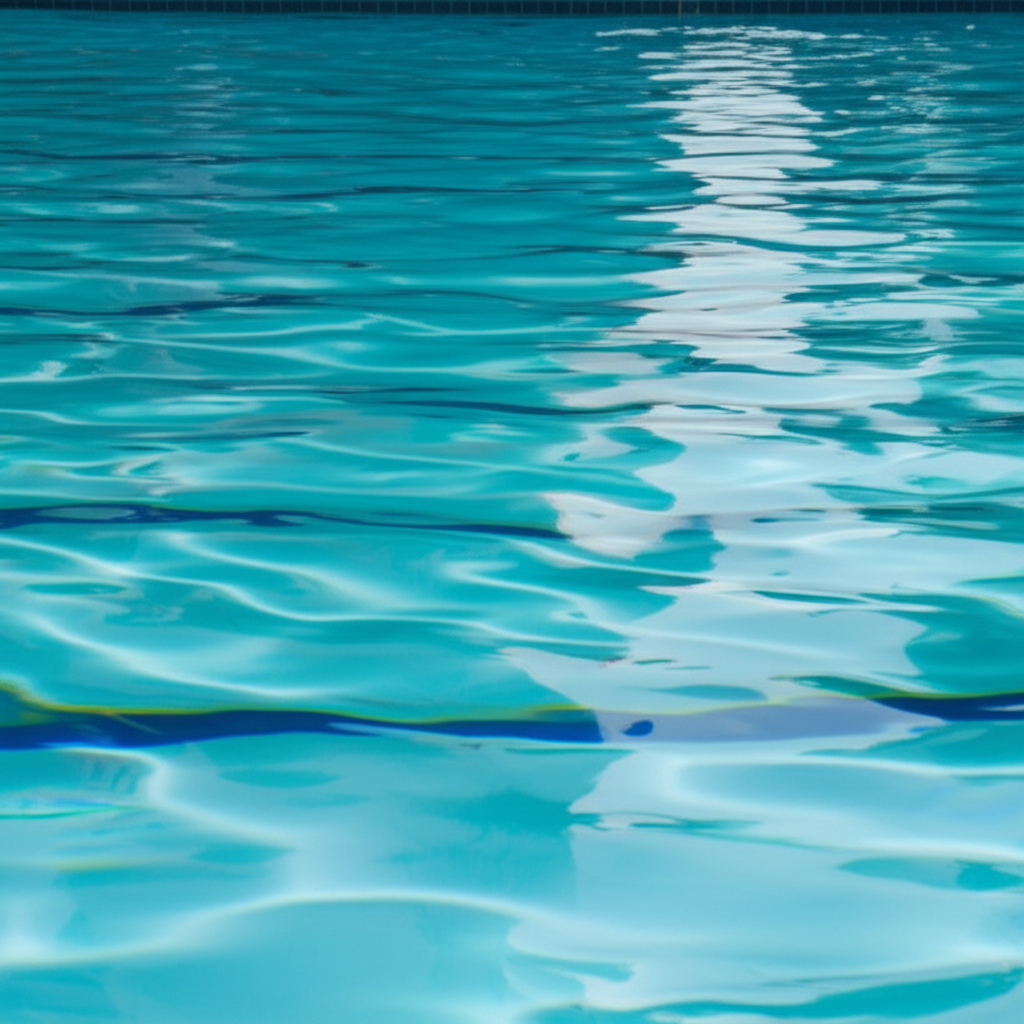- Understanding the Causes of Cloudy Water
- The Essential First Steps to Address Cloudy Water
- Harnessing the Power of Pool Clarifier
- Beyond the Clarifier: Advanced Strategies for Crystal Clarity
- Preventing Future Cloudy Water Issues
Cloudy water is a common and frustrating problem for many pool owners, transforming a refreshing oasis into an uninviting murky puddle. It not only detracts from the aesthetic appeal of your backyard but can also indicate underlying issues with your pool’s chemistry or filtration system. Achieving and maintaining crystal-clear water requires a systematic approach, understanding the root causes of turbidity, and applying the right solutions. This comprehensive guide will walk you through everything you need to know to banish cloudiness and enjoy a sparkling pool all season long.
Understanding the Causes of Cloudy Water
Before you can effectively treat cloudy water, it’s crucial to identify what’s causing it. Several factors can contribute to a hazy pool, often working in combination:
1. Poor Filtration: Your pool filter is the workhorse that removes microscopic particles. If it’s clogged, malfunctioning, or not running long enough, debris will accumulate in the water.
2. Chemical Imbalance:
Low Chlorine: Insufficient sanitizer allows algae and bacteria to flourish, leading to cloudiness.
High pH or Alkalinity: These can cause calcium and other minerals to precipitate out of the water, making it milky.
High Calcium Hardness: Overly hard water can lead to calcium scaling and cloudiness.
3. Algae Bloom: Even before you see green, an early algae bloom can present as cloudy or hazy water as the microscopic organisms begin to grow.
4. Environmental Factors: Rain can introduce dirt, pollen, and other contaminants. Dust, debris, suntan lotion, and even heavy swimmer load can also contribute to turbidity.
5. Improper Use of Chemicals: Adding chemicals incorrectly, especially in granular form that doesn’t fully dissolve, can temporarily cloud the water.
The Essential First Steps to Address Cloudy Water
When your pool starts to look hazy, don’t panic. Follow these initial diagnostic and corrective steps:
1. Test Your Pool Water Thoroughly: This is arguably the most critical step. Use a reliable test kit or strips to check your water levels for:
pH: Ideal range is 7.4-7.6.
Alkalinity: Ideal range is 80-120 ppm (parts per million).
Calcium Hardness: Ideal range is 200-400 ppm.
Free Chlorine (FC): Ideal range is 1-3 ppm.
Cyanuric Acid (CYA): Check if you use stabilized chlorine, as high levels can reduce chlorine effectiveness.
2. Balance Your Pool Chemicals: Correct any imbalances immediately.
Adjust pH and alkalinity first, as they buffer each other. Use a pH decreaser (acid) or increaser (base) as needed.
Raise or lower chlorine levels to the ideal range. If levels are very low, prepare to shock your pool.
3. Inspect and Maintain Your Filtration System:
Clean Your Filter: Backwash a sand or DE filter. Rinse a cartridge filter thoroughly. A dirty filter cannot effectively remove particles.
Ensure Adequate Filtration Time: Run your pump for at least 8-12 hours a day, or even 24 hours until the cloudiness clears. The goal is to turn over all the water in your pool 1-2 times daily.
Harnessing the Power of Pool Clarifier
Once basic chemical imbalances are addressed and your filter is clean and running, it’s time to introduce the magic of a pool clarifier.
A Pool Clarifier is a chemical treatment designed to gather microscopic particles that are too small for your filter to catch. It works by coagulating these tiny particles, causing them to clump together into larger, catchable masses. Think of it like a magnet for tiny debris. These larger clumps can then be easily trapped by your filter or, in some cases, settle to the bottom of the pool for vacuuming.
How to Use Pool Clarifier Effectively:
1. Ensure Proper Water Chemistry: Clarifiers work best when your pH, alkalinity, and chlorine levels are within the recommended ranges.
2. Measure Accurately: Always follow the manufacturer’s instructions for dosage based on your pool size. Overdosing can sometimes make the problem worse.
3. Apply Evenly: Pour the recommended amount of pool clarifier directly into the pool, walking around the perimeter for even distribution.
4. Circulate the Water: Run your pool pump continuously for at least 24-48 hours after adding the clarifier. This allows the clarifier to mix thoroughly and gather the particles. Keep an eye on your filter pressure and backwash/clean as needed, as the filter will be catching a lot of accumulated debris.
5. Monitor Progress: You should start to see an improvement within 24-48 hours. If the cloudiness persists, re-evaluate your initial steps and consider a second, smaller dose or a different approach.
Clarifier vs. Flocculant: While often used interchangeably, there’s a slight difference. A clarifier causes particles to clump and be filtered out. A flocculant (or “floc”) causes particles to clump and sink to the bottom, requiring vacuuming to waste (meaning the water goes directly out of the pool system, not through the filter). Floc is usually used for very severe cloudiness or visible debris after a clarifier fails or a major event. Most common household products are clarifiers.
Beyond the Clarifier: Advanced Strategies for Crystal Clarity
Sometimes, a clarifier alone isn’t enough, or your cloudy water problem might be due to a more stubborn issue like an advanced algae bloom.
Shock Your Pool: If low chlorine or algae is suspected, a robust chlorine shock treatment is essential. This super-doses your pool with sanitizer, killing off bacteria and algae that contribute to cloudiness. Follow instructions carefully, typically adding at dusk and running the pump overnight.
Regular Brushing and Vacuuming: Even with a good filter, some particles will settle. Regularly brush your pool walls and floor to dislodge debris, and vacuum your pool frequently. If you’ve used a flocculant, vacuuming to waste is crucial to remove the settled clumps without sending them through your filter.
Backwashing and Filter Cleaning: Pay close attention to your filter’s pressure gauge. An increase in pressure indicates it’s collecting debris and needs cleaning. For sand filters, backwash until the water runs clear. For DE filters, backwash and recharge with new DE powder. For cartridge filters, remove and thoroughly rinse the cartridges.
Ensure Proper Circulation: Check that your return jets are angled to create a swirling motion in the pool, helping distribute chemicals and push debris towards the skimmer. Make sure skimmer and main drain covers are clear.
Preventing Future Cloudy Water Issues
The best way to deal with cloudy water is to prevent it from happening in the first place.
Consistent Water Testing: Test your water at least 2-3 times a week, especially during heavy use, and adjust chemicals promptly.
Regular Filter Maintenance: Stick to a schedule for backwashing, cleaning, and inspecting your filter.
Adequate Filtration Time: Run your pool pump for a sufficient duration daily (8-12 hours) to ensure all water is turned over.
Skim and Remove Debris: Regularly skim leaves and other large debris from the surface to prevent them from breaking down and contributing to cloudiness.
* Use a Pool Cover: A pool cover can protect your water from environmental contaminants like dust, pollen, and rain.
By consistently monitoring your water chemistry, maintaining your filtration system, and using treatments like a pool clarifier when necessary, you can ensure your pool remains an inviting, crystal-clear haven throughout the swimming season. Patience and persistence are key, but the reward of a pristine pool is well worth the effort.




